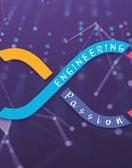Living in this advanced technology era, man has made everything almost possible. Yet transportation technology hasn’t changed much in recent years. Roads are still being built for cars, rail tracks for railway trains, while airplanes are still expensive to travel in-between places. However, with the invention of hyperloops, we will see a significant technological change in carrying passengers and freights from one place to the other.
What is Hyperloop?
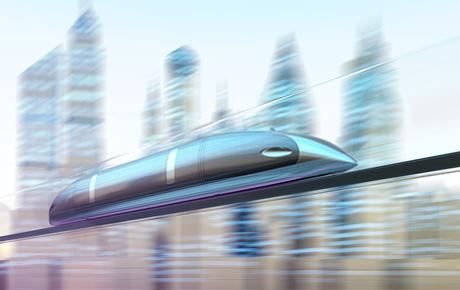 A high-speed hyperloop, Image Courtesy of Adobe Stock
A high-speed hyperloop, Image Courtesy of Adobe Stock
The idea of Hyperloop was first introduced by Elon Musk, co-founder and CEO of SpaceX and Tesla. On August 12, 2013, Musk released the Hyperloop Alpha white paper to the public which sparked lots of attention and enthusiasm.
To put it simply, Hyperloop is a fast mass transport system, a way to travel extremely fast as compared to traditional transportation systems. Currently, major hyperloop projects are under development by a number of popular companies. Hyperloop could convey passengers and cargo at the speed of airline or hypersonic speeds while being very energy efficient. The speed could reach up to 700 miles per hour which means traveling from Los Angeles to San Francisco in under 33 minutes.
How Hyperloop Works?
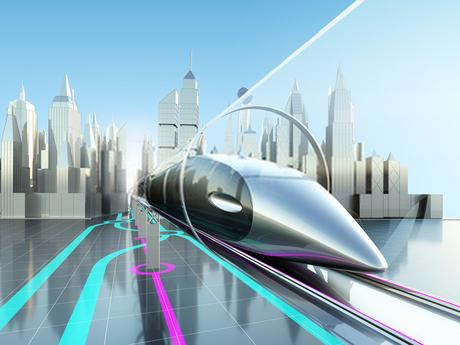
The hyperloops uses the technology of magnetic levitation. The system consists of the long tubes connecting one location to the other both above or under the ground. The passenger-carrying cars called pods travel inside these tubes. The accelerators for pods travel at 700 mph are made up of magnets. These magnetic accelerators are placed throughout the tubes that help pods to accelerate at higher speeds.
The pressure inside the tubes is kept extremely low such that the air surrounding the pods are negligible. In this way, the pods would travel at supersonic speed with low air resistance in its way. Air building up in front of the pods might be a problem. So, Elon Musk who has originally given the idea of hyperloops has come up with a solution to this problem. Air compressors could be used in front of the pods to keep the air away from its path.
Advantages of Hyperloops
There are a number of benefits associated with hyperloops which include but are not limited to:
- Along with the fast speed of the hyperloop system, they could be much cheaper to build than other mass transportations systems. Much cheaper to build than airplanes, or traditional railway trains.
- Hyperloops could be less polluting than most of the other mass transportation systems. Air and noise pollution would be minimum, giving major advantages against climate-change.
- Hyperloops could reduce major traffic jams on the city roads, causing travel between cities convenient than ever before.
- The hyperloop tubes structure will include rooftop photovoltaic solar panels, resulting in a clean environment and a self-sustaining electric system.
Drawbacks of Hyperloops
There are still some drawbacks associated with Hyperloops, however, they can also be solved using proper engineering:
- As it moves with supersonic speed, the turns along the way could be very large, taking a lot of space on the ground. Also, there could be large changes in elevations. Therefore, the hyperloops system is mostly feasible for trips that are mostly straight or having a smaller number of turns.
- The overall system should be earthquake-proof and resilient to other potential calamities, otherwise, it may not be feasible in a long run.
- Additional costs associated with public approvals, contractors, legislation, and construction should also be considered in different countries.
Major Hyperloop Projects
There are some major hyperloop projects under development in the world. Here we mention some of the most notable and major hyperloop projects in progress. The projects are listed in random order.
Hyperloop Missouri
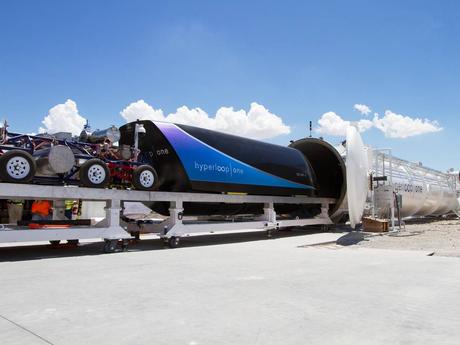
This hyperloop project is being built to connect Kansas City and St. Louis in the American state of Missouri. The estimated of Hyperloop Missouri project is around $10 billion USD. Once this hyperloop is built, the distance of 250 miles in-between these two cities would be traveled in just half an hour. This project would be very beneficial for travelers traveling on the busiest Interstate 70 highway.
The project was initiated by the multinational hyperloop giant company – Virgin Hyperloop One. The study estimated the total cost savings of around 500 million USD annually with this project. In June 2019, the Virgin Hyperloop One partnered with the Sam Fox School to further investigate the proposals. This project is estimated to be completed in seven years.
Helsinki-Stockholm Hyperloop

The two popular cities will be connected through a hyperloop tunnel under the sea to travel the distance of 480 km in just 30 minutes. This project was also invested by Virgin Hyperloop One. The estimated cost of this project is around $21 billion USD. The travel through air in-between the two cities takes more than 3 hours while it takes about 16 hours to travel taking the roadway. The annual savings from this project is also estimated to be about $422.4 million USD.
Dubai-Abu Dhabi Hyperloop
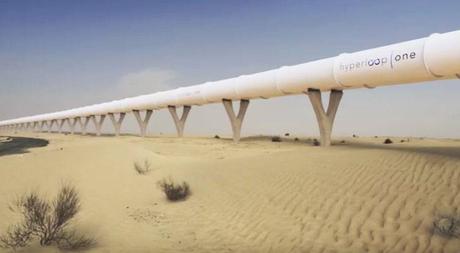
The Dubai-Abu Dhabi hyperloop project is also under construction, being built by the Virgin Hyperloop One. The cost of this project is estimated at about $5.98 billion USD. The first track of about 10km is estimated to be completed in 2021. Some plans are underway to extend the project to connect another city, Al-Ain, thus extending the total distance to about 150 kilometers.
Once the hyperloop is built, the travel time between Dubai and Abu Dhabi would be just 12 minutes. The pods are being tested and optimized in France which will be transported to Dubai.
Mumbai-Pune Hyperloop
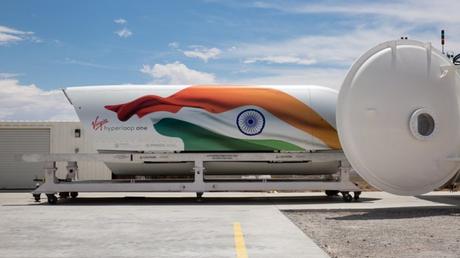
The government of India has recently given a green light to build its first hyperloop project in India connecting the two large cities, Mumbai and Pune in the Maharashtra state of India. This project is also being built by Virgin Hyperloop One. It would cost around $943.4 million USD to build this project which is expected to be completed in 2026.
Once the hyperloop is completed, the total distance of 150 kilometers between the two cities would be traveled in just 30 minutes. This project will also help freights to travel from Mumbai port to Pune in a short time. The first phase of around 10 km is under development.
Bottom-line:
Advanced technologies will revolutionalize the transportation sector. Traveling at the supersonic speed through hyperloop is a great example. It has a number of advantages as compared to the traditional mass transport system.
With Hyperloops traveling would be simpler, cheaper, energy-efficient, and environment friendly. The Hyperloop projects mentioned above and others are currently under development in the world and in the upcoming 10 years, hyperloops would change the transport system fundamentally.
